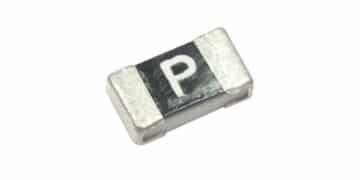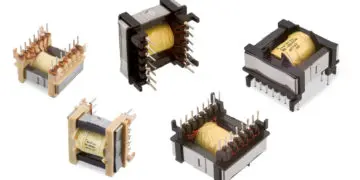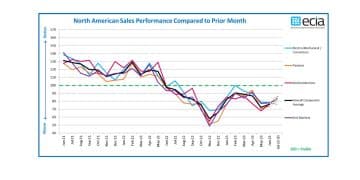Bourns Unveils Automotive High Clearance / Creepage Distance Isolation Power Transformer
Bourns Magnetics Product Line is pleased to introduce the new Model HCTSM110103HAL AEC-Q200 Compliant, Automotive Grade, High Clearance / Creepage Distance Isolation Power Transformer. This high voltage isolation transformer is Read the original post at Bourns Unveils Automotive High Clearance / Creepage Distance Isolation Power Transformer
























